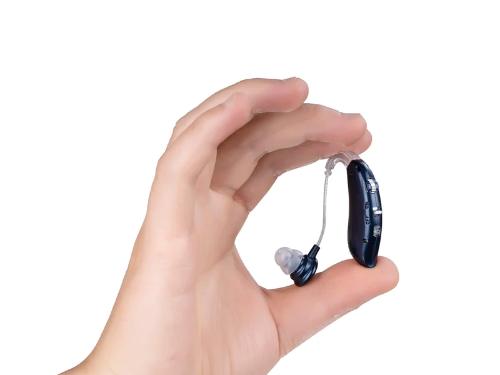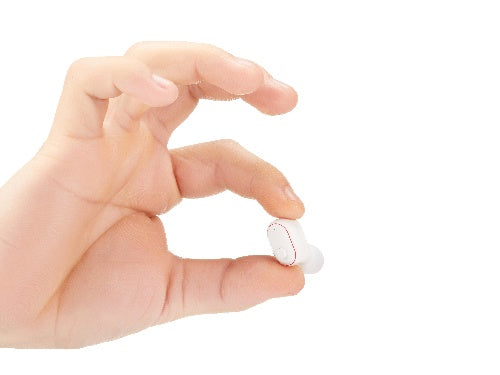Hearing loss is a common condition that affects individuals of all ages, from infants to the elderly. While the causes and experiences of hearing loss can vary significantly, the role of hearing aids in improving the quality of life remains consistent across age groups. Understanding how hearing aids are suitable for different age demographics is crucial for making informed decisions about hearing health.
1. Hearing Aids for Infants and Toddlers
Early intervention is key when it comes to hearing loss in infants and toddlers. For children in this age group, hearing aids are designed to be both comfortable and effective in amplifying sounds to aid in language development. Pediatric hearing aids are typically smaller, with features like tamper-resistant battery doors and volume controls. They are also designed to withstand the active lifestyle of young children, being durable and easy to handle for parents.
Hearing aids for this age group are crucial as they can help in normal speech and language development. The earlier a child with hearing loss is fitted with a hearing aid, the better their chances of developing effective communication skills.
2. Hearing Aids for School-Aged Children
As children grow, their hearing needs change. School-aged children require hearing aids that not only improve hearing but also allow them to engage in various activities, including sports and classroom learning. Modern hearing aids for this age group often come with features like Bluetooth connectivity, which can be paired with devices like tablets and computers to enhance the learning experience.
Additionally, hearing aids for school-aged children need to be durable and capable of adapting to the changing ear canal size as the child grows. Comfort and discreetness are also important factors, as children are often self-conscious about wearing hearing aids.
3. Hearing Aids for Teenagers
Teenagers face unique challenges when it comes to hearing loss. Social acceptance and self-identity become more prominent, making the appearance and functionality of hearing aids particularly important. Fortunately, modern hearing aids are designed with sleek, discreet designs that blend seamlessly with a teenager’s lifestyle.
For this age group, connectivity is a major feature. Bluetooth-enabled hearing aids that can connect to smartphones, music players, and other devices are highly popular. These hearing aids not only improve hearing but also enhance the overall quality of life by allowing teenagers to stay connected with their peers.
4. Hearing Aids for Adults
Adults experiencing hearing loss often seek hearing aids that offer a balance of functionality, comfort, and aesthetic appeal. As individuals in this age group are often in the workforce, features like directional microphones, noise reduction, and Bluetooth connectivity are crucial for improving communication in various environments.
The modern adult hearing aid is discreet and technologically advanced, providing clear sound quality without drawing attention. Adults benefit from hearing aids that are easy to use, with long battery life and customizable settings that suit different environments, from quiet offices to bustling social gatherings.
5. Hearing Aids for Seniors
Hearing loss is most prevalent among seniors, making hearing aids a vital tool for maintaining independence and quality of life. For seniors, ease of use is paramount. Hearing aids designed for this age group often feature larger buttons, simpler controls, and automatic adjustments to different sound environments.
In addition to functionality, comfort and reliability are key concerns for seniors. Hearing aids with rechargeable batteries, robust construction, and reliable performance are highly valued. Moreover, hearing aids for seniors often include features like feedback cancellation and tinnitus masking to address age-related hearing issues.
Conclusion
Hearing aids are versatile devices that can significantly improve the quality of life for individuals across all age groups. From helping infants with language development to maintaining social connections in old age, the right hearing aid can make a world of difference. Understanding the specific needs of each age group ensures that individuals receive the most appropriate and effective hearing care possible.




Leave a comment
This site is protected by hCaptcha and the hCaptcha Privacy Policy and Terms of Service apply.